Central Park’s Ladies Pavilion and the disappeared ice skating cottage
It was once destroyed
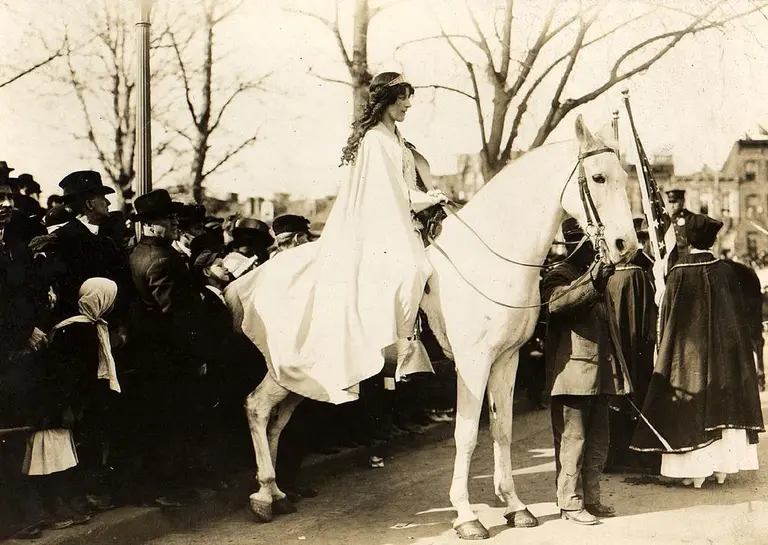
Photo courtesy of Wikimedia
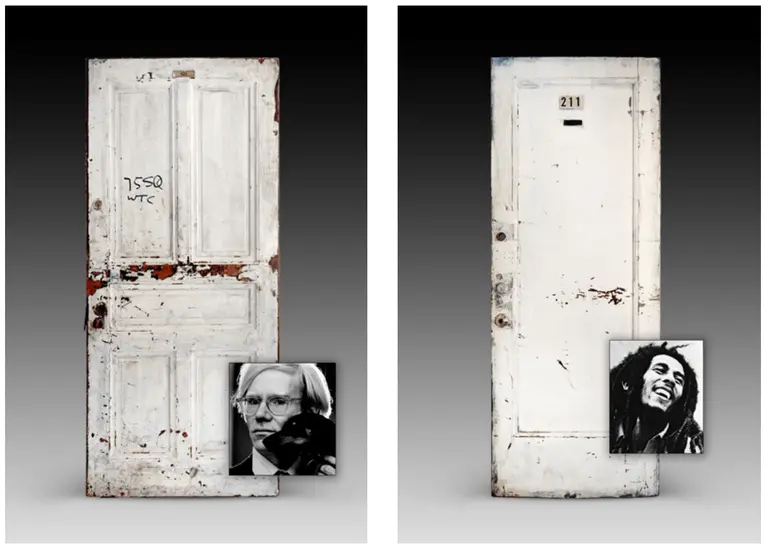
Screenshot of Iconic Chelsea Doors via Guernsey’s
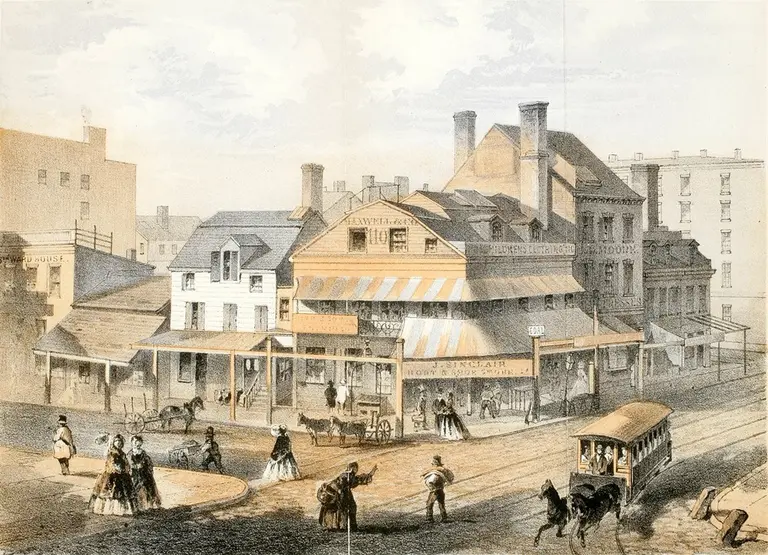
The corner of Pearl and Chatham streets, where Jennings hailed the bus. Photo via New York Historical Society
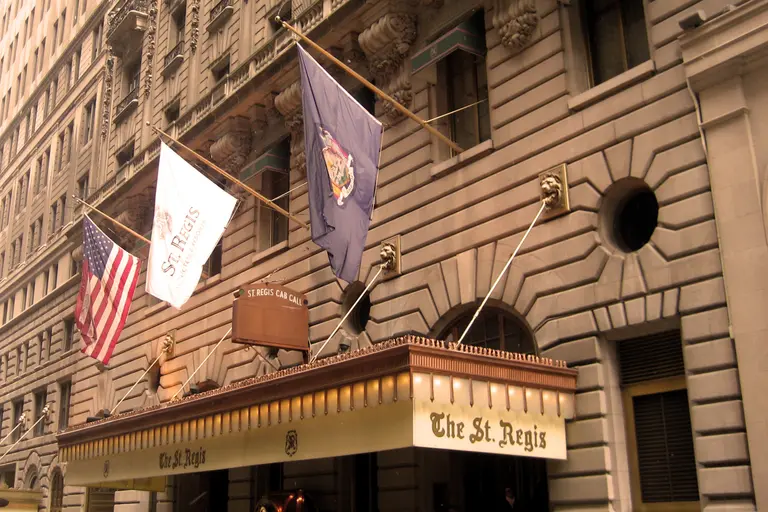
Photo via Wally Gobetz/Flickr
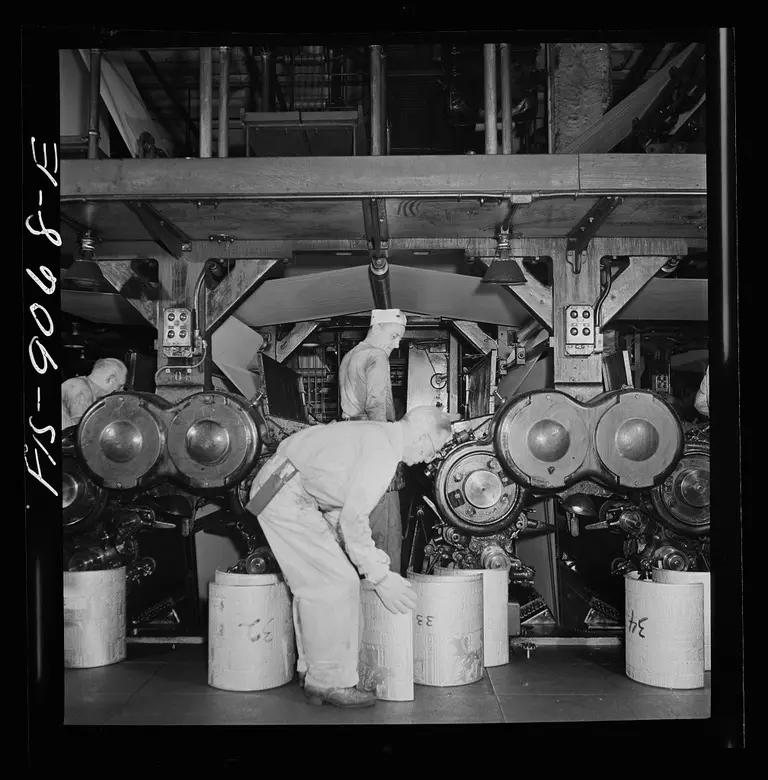
Pressroom. Numbering cast plates with page numbers for identification.
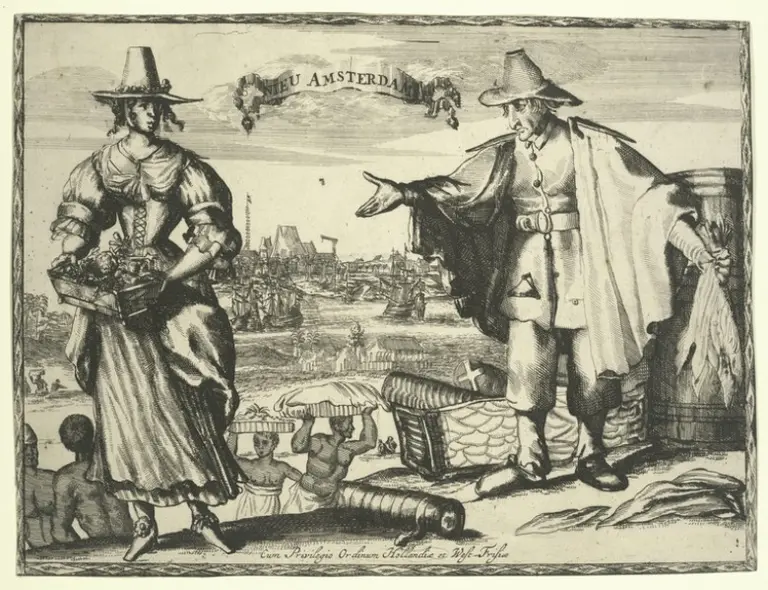
Image via Wikimedia
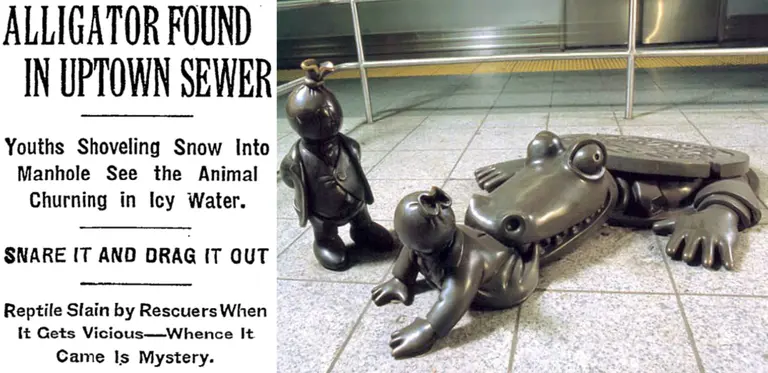
Clipping from the 1935 New York Times article (L); Tom Otterness sculpture at the 14th Street/8th Avenue subway station depicting the event, via MTA Arts (R)
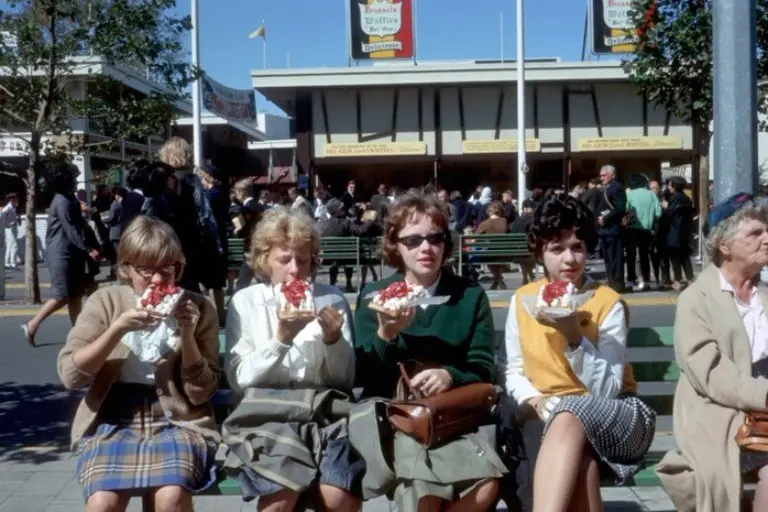
Photo courtesy of Bill Cotter/worldsfairphotos
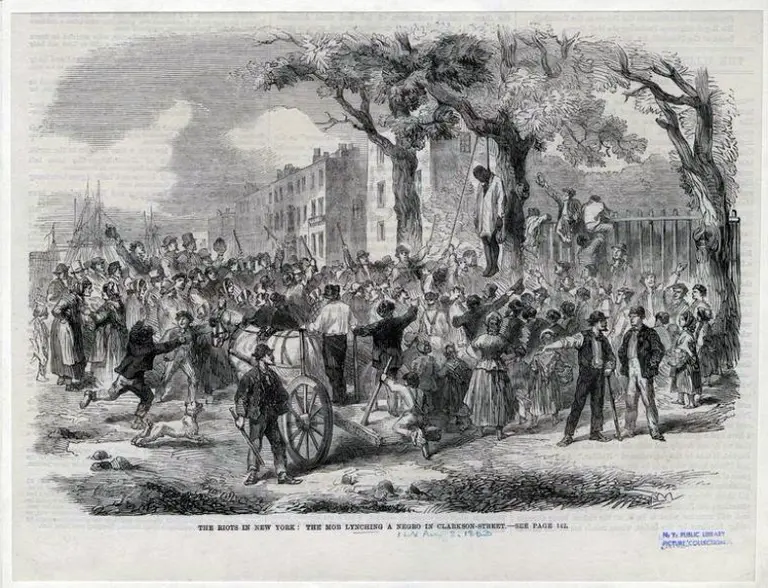
Draft Riots in New York (1863) via NYPL
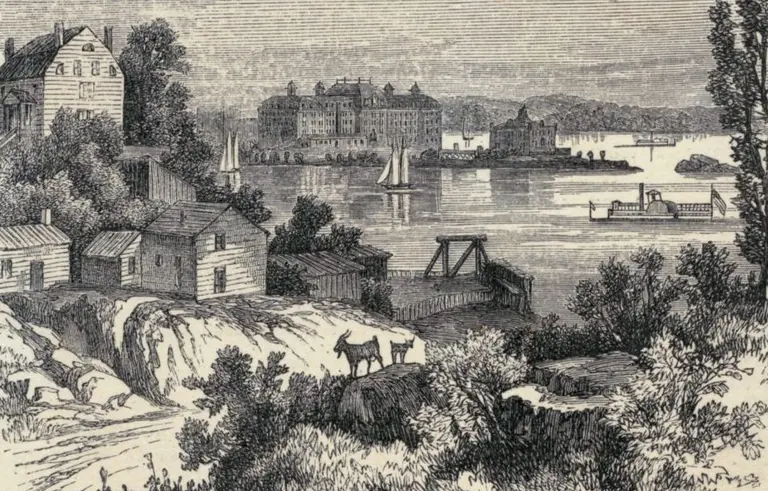
Turtle Bay and Blackwell’s Island around 1840 at the foot of what now is 49th Street, courtesy the Turtle Bay Association
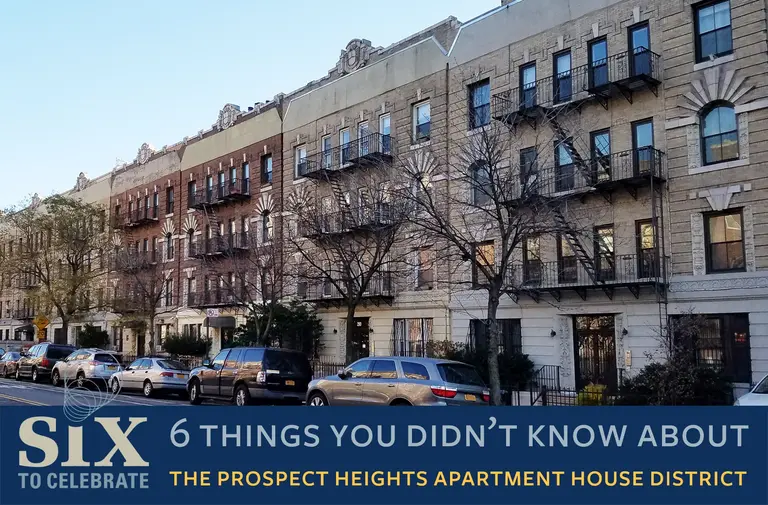
Photo courtesy of the Prospect Heights Neighborhood Development Council
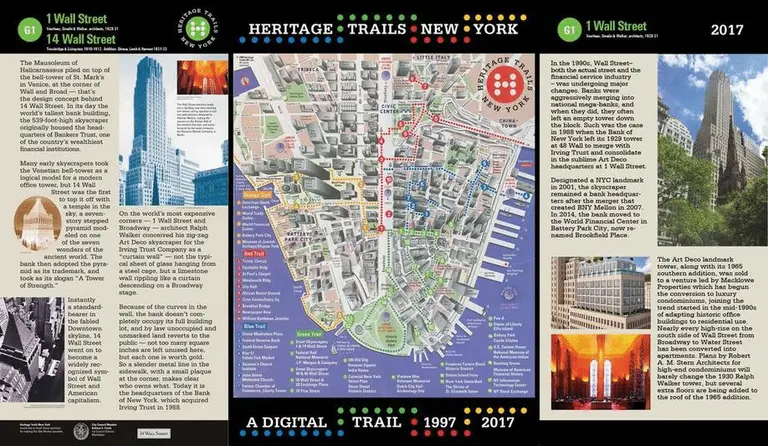
Courtesy of the Skyscraper Museum